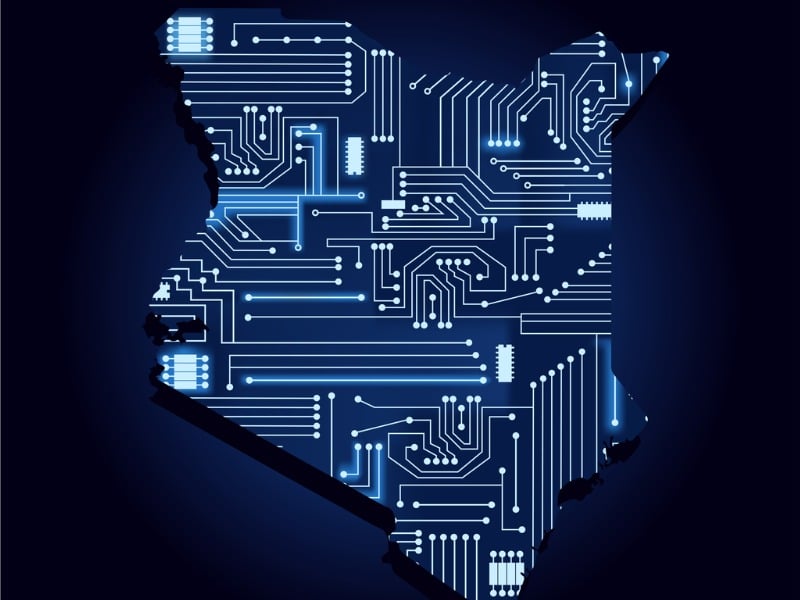Kenya’s digital transformation is poised to be a major driver of economic growth, with the potential to contribute a substantial 662 billion Kenyan shillings (approximately $5.13 billion) to the country’s GDP by 2028. However, this bright outlook is tempered by significant challenges that must be addressed to fully realise its benefits.
A new report by the GSM Association (GSMA) highlights the key sectors driving Kenya’s digital economy: agriculture, manufacturing, transportation, and commerce. These sectors are expected to experience significant transformations, leading to increased productivity, job creation, and tax revenues.
The report estimates that the digital revolution will create 300,000 new jobs and increase tax revenues by 150 billion shillings. This aligns with President William Ruto’s “Kwanza” program, which prioritises the digital economy as a means to diversify revenue sources and boost job creation, particularly for Kenya’s youth.
Despite these promising prospects, the report also identifies several barriers to widespread digital adoption. One of the most significant challenges is the digital divide. While almost the entire population has access to 3G and 4G networks, only a third of Kenyans actively use mobile internet. This disparity limits the full integration of digital services into the national economy.
High costs of devices and connectivity, along with a lack of digital skills among the population, are other key barriers. To overcome these challenges, the report calls for bold policy measures aimed at reducing costs, boosting demand, and encouraging further investment in digital infrastructure.
The GSMA’s report serves as a crucial reminder that while the potential benefits of digital transformation are immense, realising these benefits requires a concerted effort to address the underlying challenges. By implementing effective policies and investing in digital infrastructure, Kenya can position itself as a leader in the digital economy and reap the rewards of this transformative technology.
